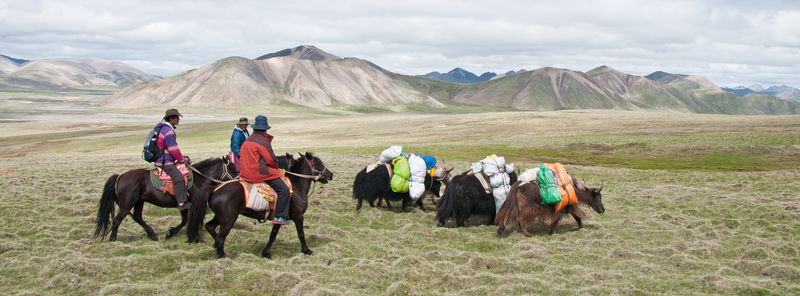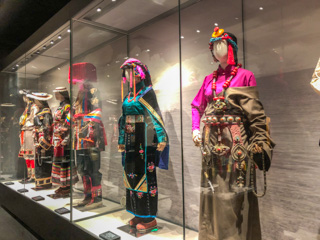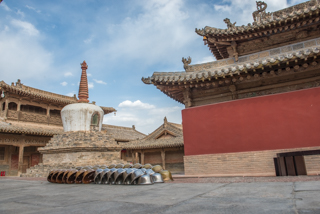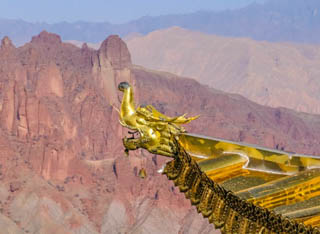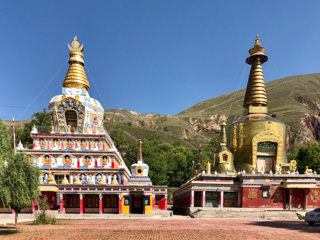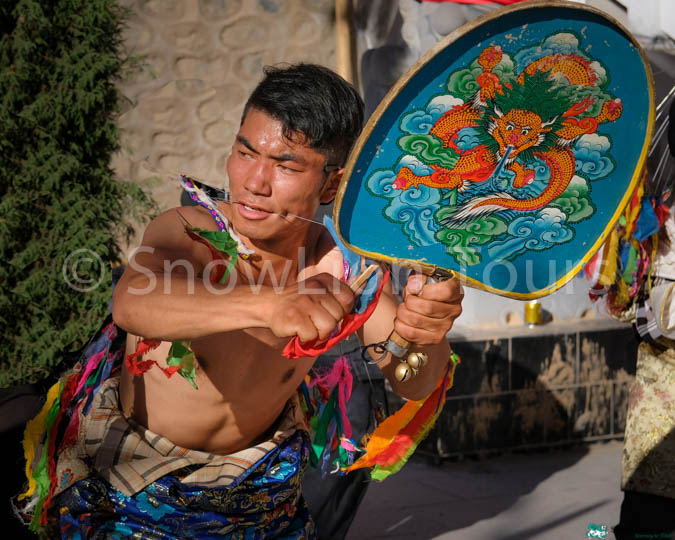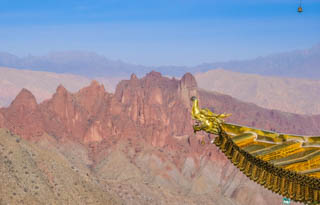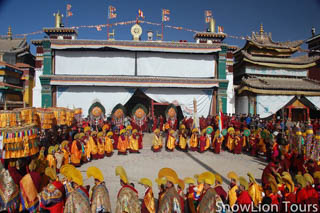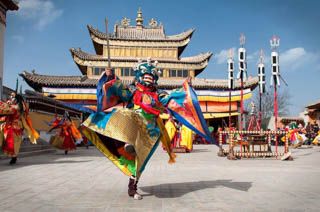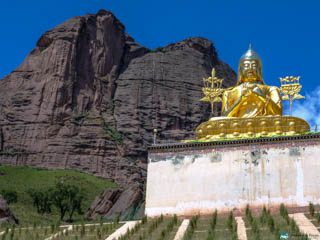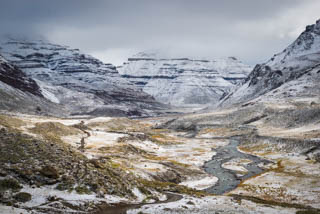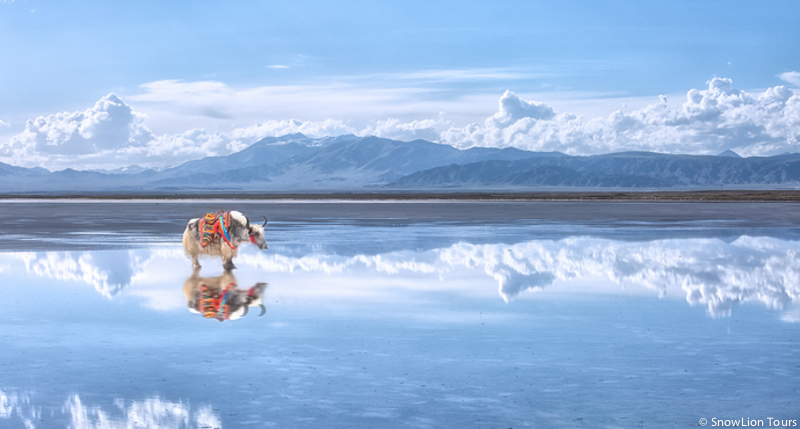The traditional Tibetan region of Amdo, is located on the northeast corner of the Tibetan Plateau. Though most of Amdo lies in modern day Qinghai province, large regions also are located in southwestern Gansu and northern Sichuan provinces. Roughly 1.6 million Tibetans live in Amdo which accounts for over 25% of the total Tibetan population. Amdo is famous for producing some of Tibet’s most famous spiritual leaders including Tsongkhapa, 14th Dalai Lama and the late 10th Panchen Lama. Amdo region is one the most beautiful area of Tibet, 80% of Amdo Tibetans are Nomads. Amdo offers great opportunities for photographing or recording grassland, nomads yak hair tents, snow mountains, lakes, yaks and sheep, blue skype, traditional life style, traditional songs,etc. There are also some famous monasteries in Tibet such as Kumbum Monastery, Rongwu Monastery, Labrang Monastery.etc.
Xining and East Qinghai Haidong Area
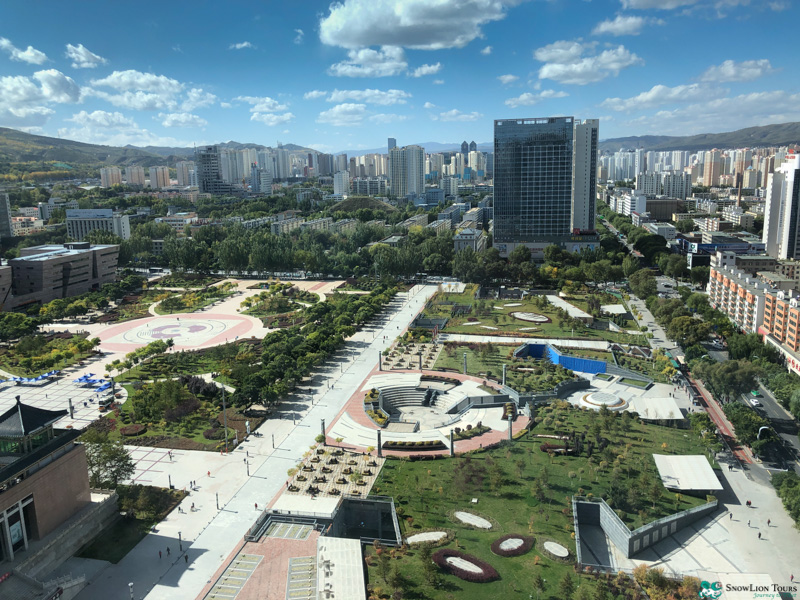
Xining, known as Siling in Tibetan, is the start of the Qinghai-Tibet Railway and the gateway to the Amdo region of Tibet. Xining is the capital city of Qinghai Province and also main gate to travel overland to the remote region of Amdo and Kham places as well as Silk Road Tours. Xinining Airport is the largest International Airport on the Tibetan Plateau. more info…
………………………………………………………………………………………………………………………………………….
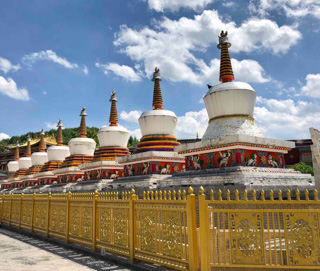
Kumbum Monastery
Kumbum (Ch : Ta’er si) is one of the six great monasteries of the Gelugpa school of Tibetan Buddhism, is famous for being the birthplace of the great religious reformer Tsongkhapa. The full name is Kumbum Jampaling Monastery. It is a wonderful place to check out Tibetan religious culture, Tibetan architecture, and Tibetan art. More info…
………………………………………………………………………………………………………………………………………….
Qinghai Tibetan Medical and Cultural Museum
Qinghai Tibetan Medical and Cultural Museum or Qinghai Tibet Cultural Museum was built in 2006. The purpose of this museum is to collect, preserve, display, and research the culture of Tibetan Medicine,Tibetan traditional culture and history overall. More info…
………………………………………………………………………………………………………………………………………….
Qutan Si | Drotsang Dorje Chang
Qutan Si Monastery, also called Drotsang Dorje Chang is a Gelukpa monastery in Tsongkha region of Amdo Tibet, currently located in Drotsang area 22km south of Ledu county and 88km east of Xining in Qinghai Province. It was founded in 1392 by Samlo Lama Sanggye Tashi under his patron, the Ming Hongwu Emperor. It was built on the site of a Karma Kagyu monastery. It is famous for its symmetrical complex of temples in sino-Tibetan style. More info…
Gonlung Monastery | Youning Si
Gonlung Jampa Ling Monastery is also called Youning Si in Chinese. This once the largest monastery in the region in Amdo Tibet lies against rocky mountain about 23km southeast of Huzhu county and 65km northeast of Xining in Qinghai Province. More info…
………………………………………………………………………………………………………………………………………….
Dentig is a Geluk monastery in Amdo. It was first founded in the tenth century and converted to Geluk in the early seventeenth century. Revered as a foremost power-place associated with the Buddha-mind through Kham and Amdo, Dentik is also closely associated with the second propagation of Buddhism in Tibet. More info…
Huangnan Tibetan Prefecture
Huangnan Tibetan Autonomous Prefecture
Rebkong Malho or Huangnan Tibetan Prefecture is referred to the south of Yellow River in Qinghai Province. The administration seat is Rebkong / Tongren county which is 180km south of Xining City. As one of the large prefecture, it has a population of 280000, among of which 80-85% are Tibetans and rest are Han Chinese and Hui ethnic groups. More info…
…………………………………………………………………………………………………………………………………………
Achung Namdzong is revered as one of the 25 important power places of Kham and Amdo Tibet, specifically symbolizing the mind aspect of Buddha mind. During persecution of Buddhism in Central Tibet by the last king of Tibet, the three high scholars fled from Lhasa to Amdo and stayed in the caves at Achung Namdzong for 20 year. In late centuries, Achung Namdzong was visited by most of the important Nyingmapa masters from all over Tibet. More info…
………………………………………………………………………………………………………………………………………….
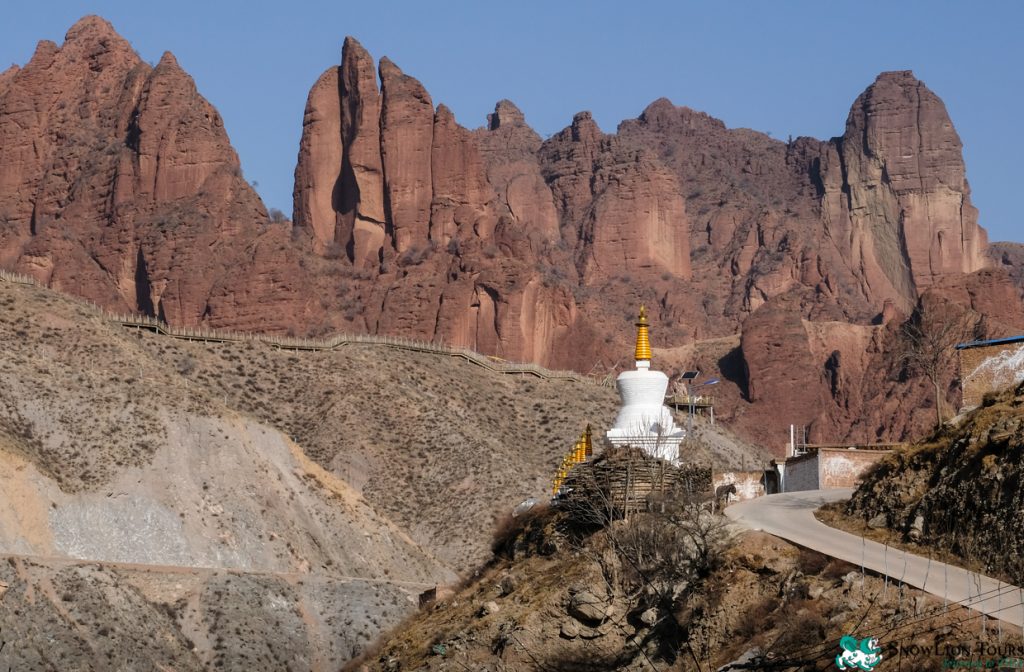
Kanbula National Park
Kanbula National Park, in Tibetan its called Khamra. Located in west of Chentsa county in Huangnan Tibetan Autonomous Prefecture, 131km from Xining city, covering an area of 152 sq km and the park is famous for its unique land formation, red rocks, forest, vegetation, soaring peaks, and Tibetan temples are the main feature of the park. More info…
…………………………………………………………………………………………………………………………………………
Achung Namdzong is revered as one of the 25 important power places of Kham and Amdo Tibet, specifically symbolizing the mind aspect of Buddha mind. During persecution of Buddhism in Central Tibet by the last king of Tibet, the three high scholars fled from Lhasa to Amdo and stayed in the caves at Achung Namdzong for 20 year. In late centuries, Achung Namdzong was visited by most of the important Nyingmapa masters from all over Tibet. More info…
………………………………………………………………………………………………………………………………………….
Monlam Festival in Rebkong / Tongren
The Molam Prayer Festival holds in many Tibetan monasteries across Tibetan Plateau, but the Rebkong or Tongren county in Qinghai Province and Labrang or Xiahe in Gansu Proince in the Amdo region of Tibet are the two most most famous Molam Festival among all. More info…
………………………………………………………………………………………………………………………………………….
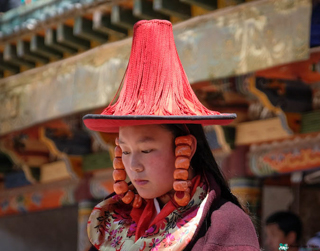 Shaman Festival in Rebkong / Tongren
Shaman Festival in Rebkong / Tongren
Every summer, the Shaman Festival is held in Rebkong / Tongren in Qinghai Province, traditionally in the region of Amdo Tibet. This important ceremony honors the local mountain god and requests that he bestows good health on the villagers and a successful harvest on the community. More info…
………………………………………………………………………………………………………………………………………….
Wutun Si Monastery or Shange Shong Monastery in Tibetan is located in Shangeshong Village on the east bank of Rongwo Guchu River, Huangnan Tibetan Autonomous Prefecture, Qinghai Province. It is divided into Upper (Yango) Shangeshong and Lower (Mango) Shangeshong Monastery, 7km from the Rebkong town. More info…
………………………………………………………………………………………………………………………………………….
Gomar Monastery was founded by the Lama Yarjang in 1741. Originally Lama Yarjang built a three-storey Maitreya hall in the temple. And later the monastery expended as it is now. The monastery now contains a Great Assembly Hall, Maitreya Hall and Protector Hall, all were built before 1958. There are about 209 monks and 105 monk’s residences. The building covers a total area of nearly 100 acrese. More info…
Golog / Golok Tibetan Prefecture
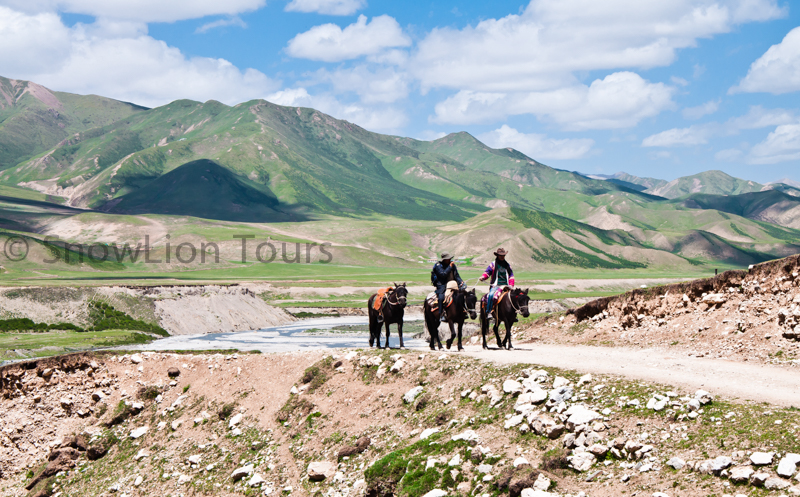
Golog / Golok Tibetan Prefecture
Golog Tibetan Autonomous Prefecture is located in the south of Qinghai Province at the Eastern edge of Tibetan Plateau. As it lies in the upper reach of Yellow River, this region also known as the Source of Yellow river. Golog is one of the biggest Tibetan Populated prefectures in Qinghai Province. More info…
………………………………………………………………………………………………………………………………………….
Mount Amnye Machen and It’s Trekking Guide
The Amnye Machen mountain range is located in the Golok Tibetan Autonomous Prefecture in Qinghai Province, traditionally this region belongs to Amdo Tibet. It is one of the four most sacred mountains in Tibet, the others are Mount Kailash in Western Tibet, Mount Minyak Gongkar in Sichuan Provice and Mount Karwa Karpo in Yunnan Province. More info…
………………………………………………………………………………………………………………………………………….
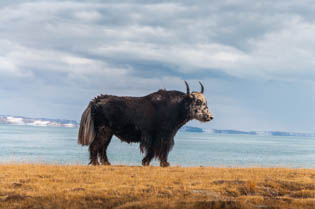
Maduo County, also spelled Madoi or Matoi is a remote county of Golog Tibetan Autonomous Prefecture located in southwest of Qinghai province in Amdo Tibet. Maduo lies 495km southwest from Xining and 330 km northeast from Yushu. The average altitude of this county is 4300m which is one of the highest county in Qinghai Province. More info…
………………………………………………………………………………………………………………………………………….
Maduo County, also spelled Madoi or Matoi is a remote county of Golog Tibetan Autonomous Prefecture located in southwest of Qinghai province in Amdo Tibet. Maduo lies 495km southwest from Xining and 330 km northeast from Yushu. The average altitude of this county is 4300m which is one of the highest county in Qinghai Province. More info…
………………………………………………………………………………………………………………………………………….
Three Rivers Nature Reserve | Sanjiangyuan
Source of Three Rivers Nature Reserve is also called Sanjiangyuan Nature Reserve in Chinese, it is an area of the Tibetan Plateau in Qinghai province which contains the headwaters of three great rivers of Asia: the Yellow river (Huanghe), the Yangtze River (Jinshajiang), and the Mekong River (Lancangjiang). Parts of the area were protected as the Three Rivers Nature Reserve. More info…
Hainan Tibetan Prefecture
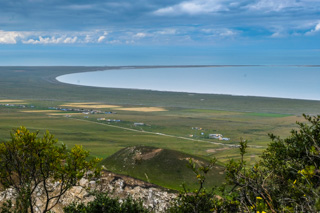
Qinghai Lake / Kokonor Lake
Qinghai Lake is in the top 5 most beautiful lakes in China. The following photo is taken on the Island of the lake which is in the center of the lake. It is a Tibetan Buddhist retreat center as well as a small monastery on the top of this about football size island. More info…
………………………………………………………………………………………………………………………………………….
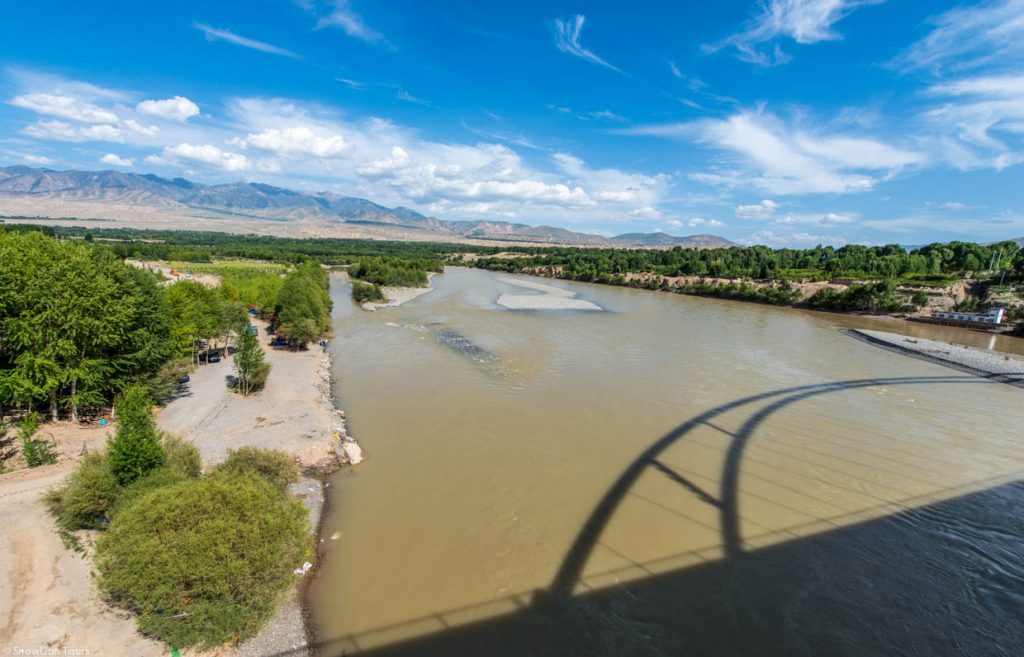
Gui’de / Trika
Gui’de or Trika in Tibetan is one of the lowest county in Qinghai Province. The elevation of Gui’de is 2200m / 7218ft. It is under the administration of Hainan Tibetan Prefecture. Geographically, it is located on the bank of Yellow River about 100 km southwest of Xining, the capital city of Qinghai Province and 150km southeast of Qinghai Lake south shore. More info…
………………………………………………………………………………………………………………………………………….
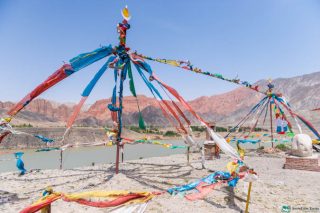
When you drive from Xining to Gui’de, after passing through Dzongka Latse pass, then you need to make a dramatically shift of altitude from 4200m to 1800m in the mater of few kilometers. Before reaching down the bottom of valley, you will see the rainbow colored mountains which is about 10km before reaching to the Gui’de town. This land formation in Amdo Tibet is very unique on the Tibetan Plateau. More info…
Ngawa Aba Prefecture in Sichuan

Zoige | Dzoge | Ruoergai County
Zoige or Dzoige in Tibetan and Ruoergai county in Chinese, is a large area of nomad land in Amdo Ngawa region, Aba Tibetan and Qiang Autonomous Prefecture. Zoige is located in the easternmost sections of the Tibetan Plateau. This land is primarily a highland basin made up of the Zoige Marshes between the Min Mountains and the eastern extension of Amnye Machen Mountain range. More info…
Haixi Tibetan & Mogolian Autonoms Prefecture
Chaka Salt Lake | Tsaka Salt Lake
Chaka Salt Lake, also name Tsaka Lake is located in Wulan County, Haixi Mongolian Tibetan Autonomous Prefecture in Qinghai province. With an altitude of 3100m above sea level and 300km from Xining via Qinghai Lake. Chaka is Tibetan Language, meanining “salt pond”. Chaka Salt Lake is reopened to the public in June 2016. More info…
If you have any questions regarding destinations in Tibetan Autonomous Region, please send us an email at: info@snowliontours.com




